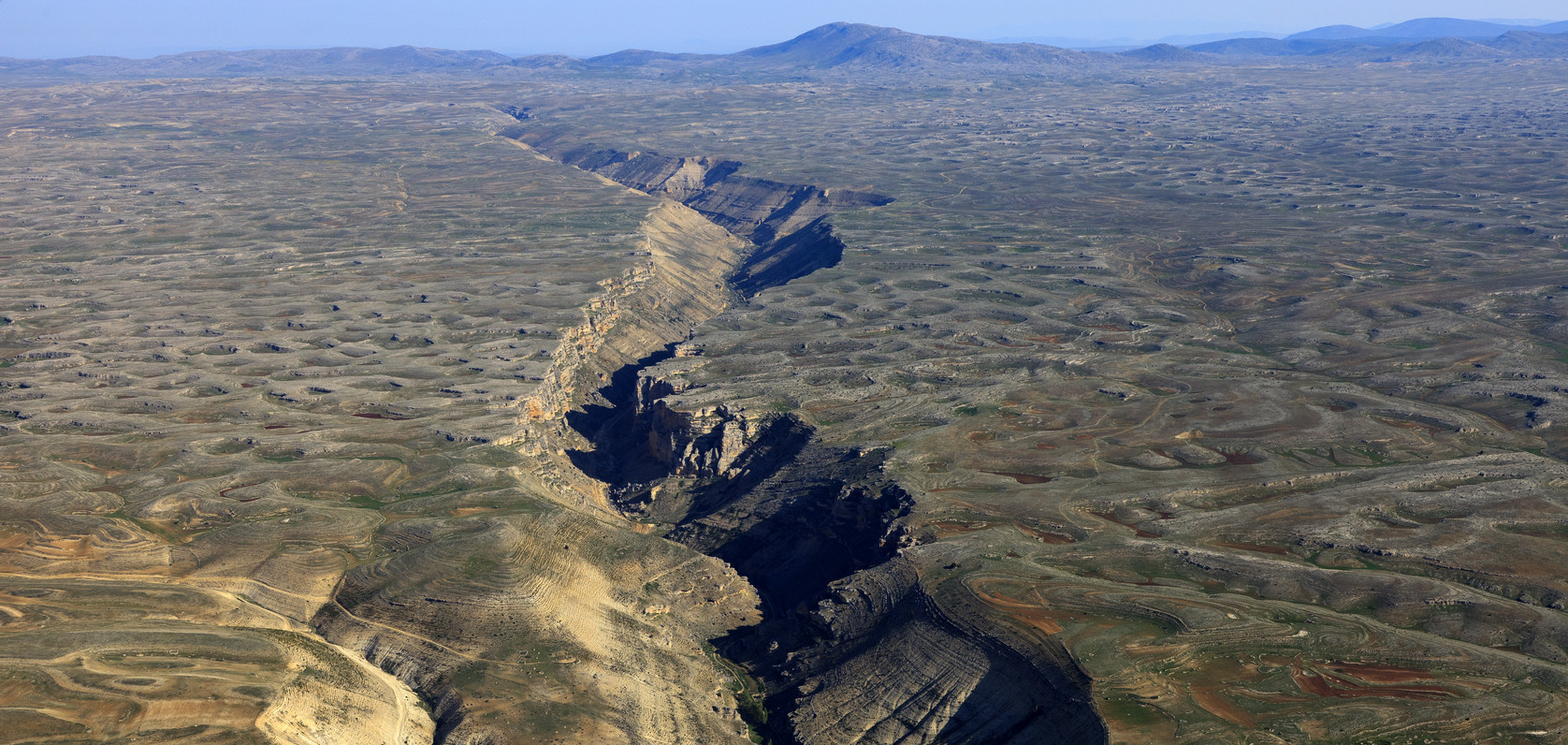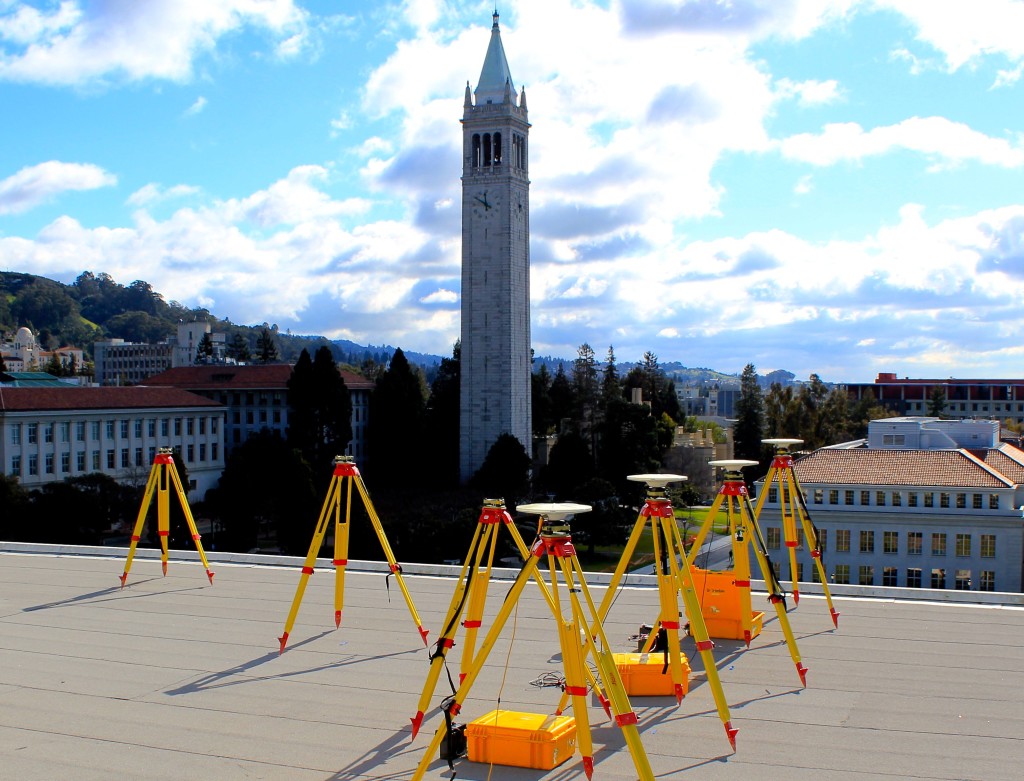
Promoting Earthquake Readiness
Promoting Earthquake Readiness
In Oregon, Washington State and California, an early warning system helps citizens and officials better prepare for and respond to earthquakes.
In the early morning hours on August 24, 2014, scientists at UC Berkeley received a “ShakeAlert” – an alarm providing warning of a pending earthquake. Five seconds later, the city of Napa felt a magnitude 6.0 earthquake. That five-second warning was an early success for a broader goal: the creation of an earthquake early warning system that can communicate the size, extent and timing of imminent earthquakes on the West Coast.
People in California, Oregon and Washington have come to accept that earthquakes happen. This general expectation, though, is no substitute for the ability to take immediate action when an earthquake is imminent. Unlike tornadoes and hurricanes, earthquakes give no visual signal of their approach.
Yet, it is possible to detect the start of an earthquake and provide a warning.
Like the difference between thunder and lightning, earthquakes travel at the speed of sound, and warnings can be sent at the speed of light. Moreover, other earthquake-prone countries are demonstrating that earthquake detection and early warning systems are feasible. Like California, Oregon and Washington, these countries face heightened risk of quakes, but unlike the United States, they have established working warning systems that use a network of seismic sensors to relay a warning signal with the size of the expected earthquake to public safety organizations, businesses and schools.
The difference a few seconds can make
An earthquake early warning system is not about predicting the future, but about taking immediate protective action. Once a system detects tremors at the epicenter of a quake, immediate alerts broadcast through the benefit of fiber optic cables can rapidly warn population centers of shaking tens of seconds to minutes before destruction begins. This early warning can mean the difference between life and death. For example, firehouse doors will open to prevent trucks from being stuck inside, and trains will be slowed to prevent them from derailing. For those in elevators and on operating tables, rapid notification can ward off disaster. Servers can be powered down or data transferred to other locations to conserve business continuity. Even a few seconds’ warning can prevent many needless injuries when people know it’s time to duck, take cover and hold on.
An early warning can mean the difference between life and death in the event of an earthquake.
As a philanthropy situated less than 40 miles from the epicenter of the devastating 1989 Loma Prieta earthquake, we understand the ever-present threat of quakes. Following the March 2011 magnitude 9.0 earthquake in Japan – the fourth most powerful earthquake ever recorded – program officers from the Gordon and Betty Moore foundation joined international scientists to discuss the effectiveness of existing warning systems in “Ring of Fire” countries, such as Japan and Mexico. Shortly thereafter, the Gordon and Betty Moore Foundation provided $6.5 million to Caltech, the University of California at Berkeley, the University of Washington and the United States Geological Survey to develop the science and technology for a similar warning system here in the United States. This funding not only provided scientists the means to advance their research, but the incentive to collaborate with one another and the State of California to design a comprehensive system for the West Coast.
That early funding fueled striking progress, including detection of the 2014 Napa earthquake and an influx of $8.2 million in federal funding in 2015. Now, the prototype system is being beta-tested by companies like Intel and Amazon, as well as by utilities and transportation systems in San Francisco and Los Angeles. At the White House Earthquake Resiliency Summit in February 2016, the foundation committed an additional $3.6 million for further research and development efforts. These new grants are generating fundamental scientific knowledge about the physics of earthquake rupture and leveraging sensors in smart phones to detect quakes and enhance warning systems worldwide.
When fully implemented, earthquake early warning notifications will be delivered to people, schools, businesses and public agencies automatically via computers, radios, televisions and mobile phones.
A unique role for philanthropy
Would this earthquake early warning system have been developed without the foundation’s support? Certainly research on earthquakes was ongoing, and for-profit applications are possible, but such independent efforts were unlikely to be nearly as collaborative and connected.
Our ability to provide rapid and early support jumpstarted a comprehensive earthquake early warning system that draws on the full power of the research instruments and theoretical studies the universities had begun to deploy. The funding allowed these institutions to coordinate with government agencies, include the contributions of other nations, and operate without the commercial pressures to develop a revenue-generating model.
Yet, funding for full implementation that would benefit the entirety of the West Coast falls short. It is projected that $38.3 million is required to implement the system in California, Oregon and Washington. An additional $16.1 million will be required each year to operate and maintain the system. Early investment in potentially risky scientific endeavours happens to be a sweet spot for philanthropy. Now the project has advanced from its incubation period and is ripe for adoption as a critical component of public infrastructure.

The ShakeAlert system would help citizens in Oregon, Washington State and California be better prepared for quakes. Photo courtesy of the Gordon and Betty Moore Foundation.
Approximately 75 million Americans live in areas of significant seismic risk across 39 states. Most of our nation’s earthquake risk is concentrated on the West Coast of the United States. In the next 30 years, California has a 99.7 percent chance of a magnitude 6.7 or larger earthquake, similar to the Northridge earthquake of 1994.
Given the near certainty of earthquakes in California, it’s not surprising that 87.6 percent of the state’s voters support the development of an earthquake early warning system. Voter support remains high at 75 percent even if it would cost every taxpayer a small amount to pay for it.
To realize the promise of the system, the funding we were able to provide for research and development needs to be complemented by operational funding from business and government. We applaud the State of California, which included $10 million in the 2016-17 budget. Now the U.S. Congress is considering an additional allocation for implementation on the West Coast.
Public-private partnerships, such as the development of a West Coast earthquake early warning system, are a win-win for the public. Philanthropy plays a vital role in providing societal venture capital, investing in early stage research, incubating technologies, and paving the way for public investment in proven, life-saving infrastructure.
Harvey V. Fineberg, M.D., Ph.D., is president of the Gordon and Betty Moore Foundation based in Palo Alto, CA. He previously held the Presidential Chair for 2014-2015 as visiting professor at the University of California, San Francisco. Prior to that, he served as president of the Institute of Medicine from 2002 to 2014 and as provost of Harvard University from 1997 to 2001, following 13 years as dean of the Harvard School of Public Health.
Earthquake Early Warning partners are United States Geological Survey, California Governor’s Office of Emergency Services, California Geological Survey, California Institute of Technology, University of California Berkeley, University of Washington and University of Oregon.
Project
Earthquake early warning system for Western States
Philanthropy
Gordon and Betty Moore Foundation


